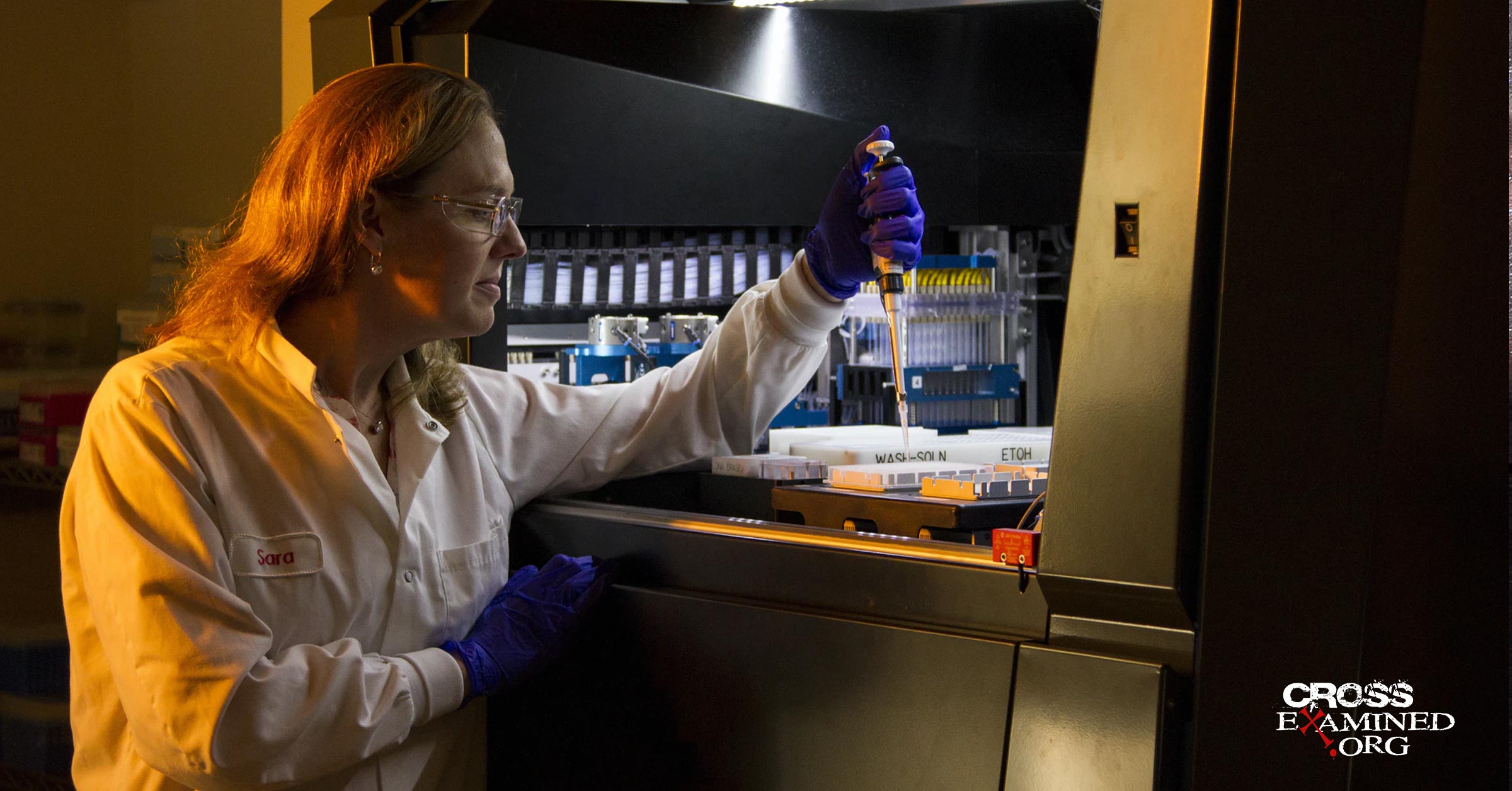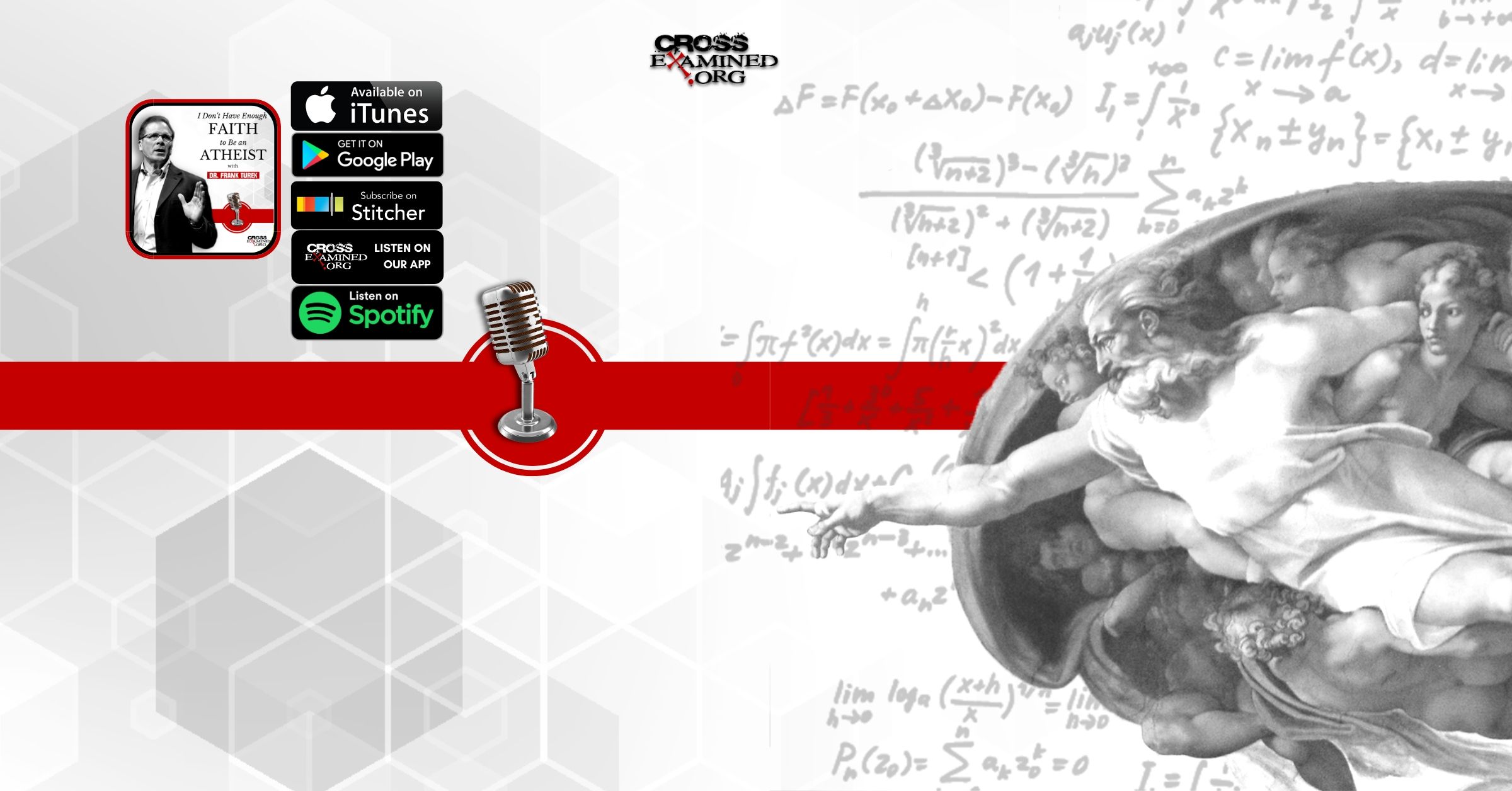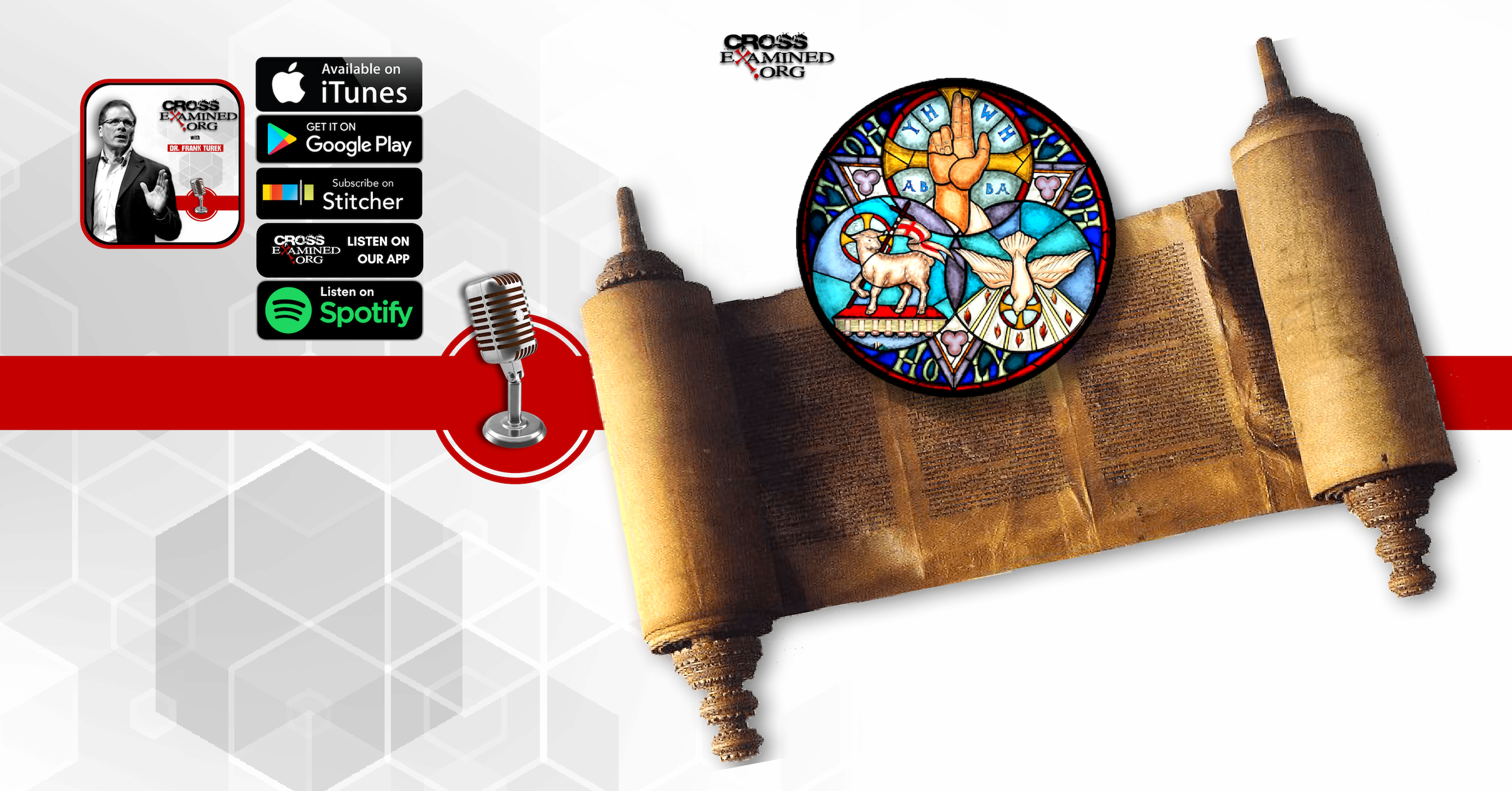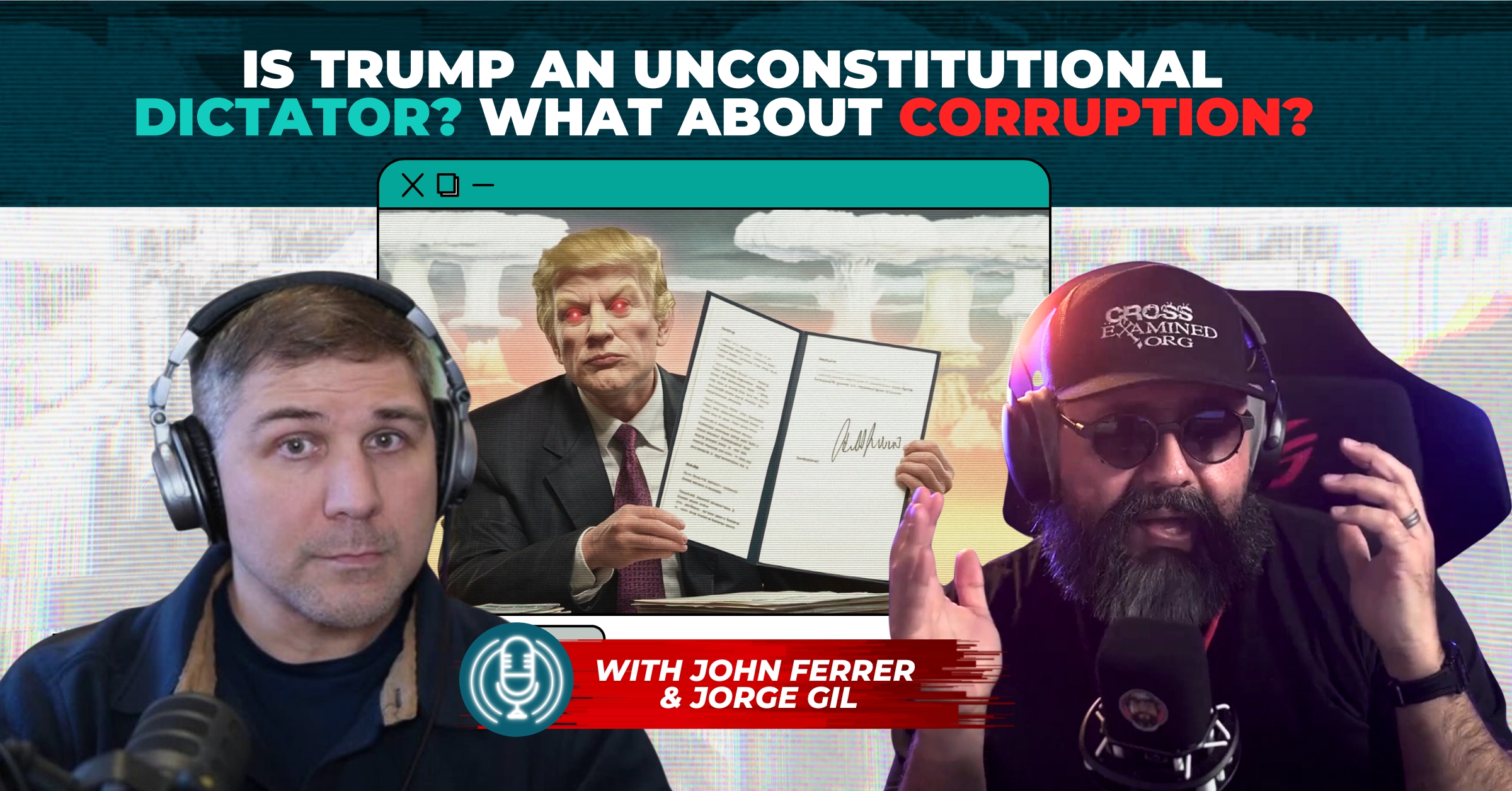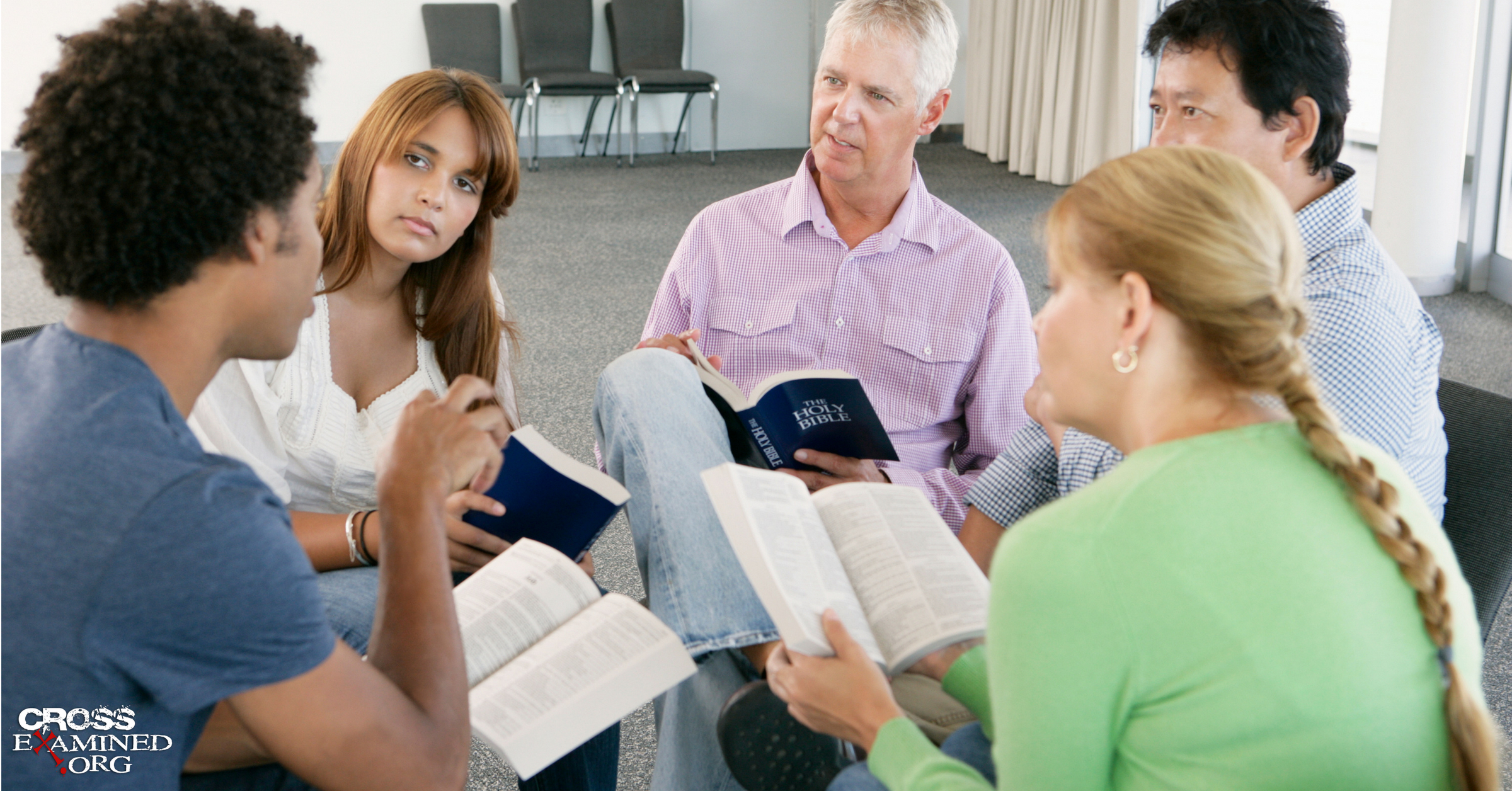Problems with Evolutionary Biology
By Al Serrato
“Let me see if I understand,” I said to my daughter’s high school biology teacher. “The human eye is the evolutionary product of a light-sensitive spot on the skin. Is that right?”
“Right,” she said.
“And by evolution, you mean a mindless, random process that didn’t really have an end in mind. In other words, there was no “designer” for the eye or the body for that matter. Am I getting that right?”
“Right again,” she replied.
But how could an undirected process produce such highly functional complexity, I wondered aloud. She gave me a look that said, “you really don’t have the time or, probably, the background to understand, so do we really have to go there?”
We did, and I persisted, trying another tack that I had been wondering about for a while.
“Okay, well let me ask you just a few questions” I countered. “Would you agree that evolution as you understand it is a gradual process of adaptation over time, where changes that are advantageous accumulate?”
“Yes,” came her quick reply.
“Would you agree that over time these gradual adaptations would lead to the development of complex systems, such as organ systems?”
“Yes, that makes sense,” she said.
“Would you also agree,” I pressed, “that, generally speaking, the more complex the system, the longer it would take for these gradual adaptations to evolve so that a complex system would take longer to evolve than a less complex system?”
“Yes.” The response was a bit slower, more thoughtful.
Shifting gears a bit, I asked, “In the field of human biology, would you agree that generally speaking, the human female reproductive system is considerably more complex than its male counterpart?”
“I’m not sure what you mean,” she queried.
“Well,” I started, “the male half of the equation involves dividing cells to get to 23 chromosomes and providing a, uh, delivery mechanism. The female system involves the production of eggs, the delivery of the eggs to a specific location, the means for implantation, and if that occurs, the creation of a placenta that is fine-tuned to support the development of the life that is growing. The whole system must work in conjunction with the woman’s body, provide for correction of any mistakes occurring to minimize miscarriages, screen the fetus from harmful substances in the woman’s blood, connect the fetus to the mother by means of a two-way umbilical cord, and provide a method for the baby to be safely delivered into the world. More amazingly, the two systems must somehow recognize each other and work together, so that the 23 chromosomes from each half form a single cell that has the complete instructions for a new human life to begin. This seems like a pretty complex, interconnected, and interdependent system requiring multiple components to work just right. And yet it does work right millions and millions of times.”
“I suppose there’s something to that, but” she hesitated, “what’s your point?” Her tone matched her more serious expression.
“Just this,” I responded. “What exactly were all those men doing generation after generation waiting for the first fully functional female to evolve?”
She stared at me, no doubt wondering whether I was trying to mock her. But, though my question was of course facetious, I wanted to know where my logic was flawed. After all, the premises seem valid. If designed, it makes perfect sense that God could create a system in which some parts are more complex than others, and still have them work together for a purpose. But how could mammalian sexual reproduction – involving separate male and female individuals -ever evolve simultaneously? I wanted to know where that very first human male and very first human female came from. She took a deep breath and began her answer…. and it didn’t have anything to do with God.
“Well, it didn’t work that way,” she said. “Evolution occurred gradually, over time, as the predecessors to humans slowly began to change.”
“Fair enough,” I responded. “So, tell me about that first pair of monkeys, the very first male and female monkey from which you say we evolved.”
“Well,” she began, formulating her thoughts, “it didn’t work that way.” I gave her a quizzical look and she continued. “Those predecessors also evolved slowly, over time, from still more primitive forms of life.”
I was patient. “Like what?” I asked. I don’t think anyone had pressed her for answers like this, but after all I wasn’t worried about getting a grade. My daughter, on the other hand, probably wouldn’t be too thrilled about dad’s efforts at higher learning. Luckily, she wasn’t nearby.
In answer, the teacher started to explain that monkeys had evolved from still lower forms of life. It was a long process with smaller animals making adaptations, adding features, becoming larger. It all sounded quite vague and fuzzy, as she painted the picture of a planet teeming with life of various kinds, widely dispersed, and being driven by this engine of evolution.
I tried to stay on track with her. Then she made the jump that I was expecting – she started talking about life emerging from the primitive seas. Single-celled life forms that began to replicate and pass their DNA on to the next generation. She paused when she saw me starting to shake my head.
“Wait a sec,” I said. “You’re getting ahead of me, or perhaps more precisely, you’re moving back too far. I’ll grant you that life first began in the seas, but even if I grant you the ‘primordial soup’ theory, you’re still making quite a jump. What I want to focus on are the first male and female land mammals. If we wind the clock back, there must be a point on the early Earth in which there are no mammals walking the land. None whatsoever. Whatever life exists, it hasn’t yet evolved to sexually reproducing, warm-blooded mammals. Before that point, maybe there’s life in the sea, but the land is barren; after that point, the land begins to get populated. You with me?”
She nodded.
“I’d like to know what model science has to explain how that first began. That first couple.”
She was still formulating an answer, so I pressed on. “I can understand that once you have thousands of fully functioning mammals that over time they may begin to change, especially if subjected to some environmental challenge. That makes perfect sense, whether it is directed by the genes, as I believe was designed into them, or whether it’s a random process. But tell me how the first pair appeared on the land.”
I was hoping to get an answer, because I had been wondering for a while how Darwinists made sense of that rather large step, from single-celled asexually reproducing life to complex, sexually producing mammals. But it was not to be. “Coach.” We both looked in the direction of the voice. The bio teacher was also a coach, and someone was trying to get her attention. She smiled and said, “Let’s continue this later.” Was that a look of relief that crossed her features? Probably, I eventually decided. We never did finish the conversation.
Perhaps Darwinists have a plausible model for this transition, but I have yet to hear it. Instead, what I have heard is always along the lines of what’s recounted above – vague and fuzzy references to a planet teeming with evolving life, and then a jump to the oceans, where DNA first appears. But this jump appears to be a “just so” story, with a vague promise that someday science will make it all clear, will discover these missing links that just “must be there.” But common sense, and reason, tell me that when those original sexually reproducing mammals first appeared on Earth, they were able to reproduce in that fashion immediately, making use of an incredibly complex and interdependent system, a system that has all the hallmarks of design. And a system that couldn’t take long periods of time to evolve because, unless it’s working properly and completely on day one, there won’t be a next-generation upon which evolution could act.
Perhaps, like Frank Turek puts it, I just don’t have enough faith to be an atheist. Until I do, then, I guess I’ll just keep believing that the incredible complexity of life is what it appears to be – the telltale sign of an intelligent designer that set it all in motion for a purpose. After all, every time I see a complex, highly organized, interdependent system – like a watch or a plane or a car – I don’t struggle trying to figure out how it assembled itself. So, why do people struggle so hard when it comes to something even more complex – like life?
Why indeed.
Recommended resources related to the topic:
Science Doesn’t Say Anything, Scientists Do by Dr. Frank Turek (DVD, Mp3, and Mp4)
Oh, Why Didn’t I Say That? Does Science Disprove God? by Dr. Frank Turek (DVD and Mp4)
Stealing From God by Dr. Frank Turek (Book)
Answering Stephen Hawking & Other Atheists MP3 and DVD by Dr. Frank Turek
God’s Crime Scene: The Case for God’s Existence from the Appearance of Design (mp4 Download Set) by J. Warner Wallace
God’s Crime Scene: The Case for God’s Existence from the Appearance of Design in Biology DVD Set by J. Warner Wallace
__________________________________________________________________________________________________________________________________________________
Al Serrato earned his law degree from the University of California at Berkeley in 1985. He began his career as an FBI special agent before becoming a prosecutor in California, where he continues to work. An introduction to CS Lewis’ works sparked his interest in Apologetics, which he has pursued for the past three decades. He got his start writing Apologetics with J. Warner Wallace and Pleaseconvinceme.com.

